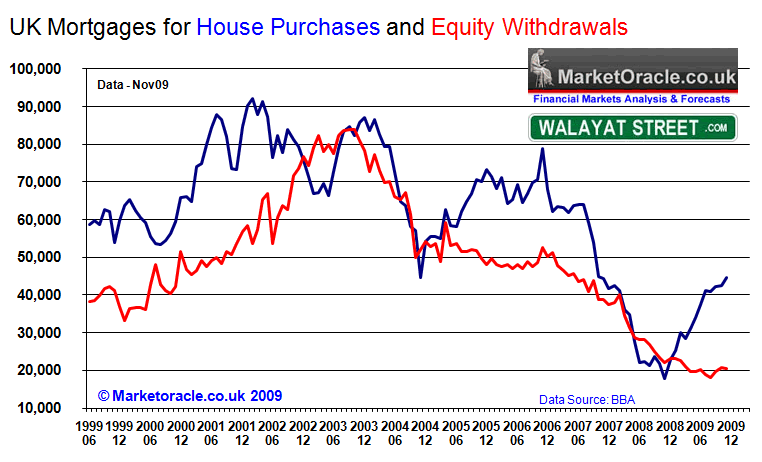Table of Content
You may want to treat a debt as not secured by your home if the interest on that debt is fully deductible whether or not it qualifies as home mortgage interest. This may allow you, if the limits in Part II apply, more of a deduction for interest on other debts that are deductible only as home mortgage interest. She sells the home for $100,000 to John, who takes it subject to the $40,000 mortgage. John pays $10,000 down and gives Beth a $90,000 note secured by a wraparound mortgage on the home. Beth doesn't record or otherwise perfect the $90,000 mortgage under the state law that applies.

Mortgage to buy, build, or improve home , Mortgage treated as used to buy, build, or substantially improve home.Points , PointsQualified loan limit worksheet , Table 1. IP PINs are six-digit numbers assigned to taxpayers to help prevent the misuse of their SSNs on fraudulent federal income tax returns. When you have an IP PIN, it prevents someone else from filing a tax return with your SSN. The IRS doesn’t initiate contact with taxpayers by email, text messages, telephone calls, or social media channels to request personal or financial information.
Get your max refund
You may be able to get a tax credit equal to 22% to 30% of the improvement costs toward eco-friendly improvements like installing solar panels or energy-efficient appliances. You’ll receive a closing disclosure three business days prior to closing, which provides a breakdown of all the costs paid when your home was purchased. In the second example, you can use the proceeds of the sale of your home to pay off the home equity loan balance, leaving you with just the payment on the first mortgage.
Enter your qualified mortgage insurance premiums on line 1 of the Mortgage Insurance Premiums Deduction Worksheet in the Instructions for Schedule A to figure the amount to enter on Schedule A , line 8d. Before you do too much legwork, determine the estimated amount of your interest payments using the 1098 from your mortgage lender. To determine your deductions, you should add up the total payments allowed for tax deductions.
Factor in Your Mortgage Points
This reflects an overall market trend away from home equity loans and HELOCs and toward refinances, making it harder for consumers to get HELOCs or home equity loans. Tapping your equity can help you access funds to cover important life expenses. In order to qualify, the IRS requires that the area of your home is the principal place regularly and exclusively used for conducting business.
Since the tax law changed in 2017, the tax deductibility of interest on a HELOC or a home equity loan depends on how you are spending the loan funds. That applies to interest on loans that existed before the new tax legislation as well as on new loans. Interest on a HELOC may be tax deductible—but there are conditions.
Home equity loan interest
Unlock will provide you with cash even if you have low credit and significant debt. You can visit Unlock’s website and use their free home equity calculator to discover how much cash Unlock will give for a stake in your home. Homeowners take out construction loans to build new properties. Some homeowners opt for a HELOC instead of approaching lenders about construction loans. It’s easier to qualify for a HELOC, and you can continuously tap into that funding source. In addition, using HELOC proceeds to build a home or add to an existing home makes the interest tax-deductible.

However, it may report points that you can't deduct, particularly if you are filing married filing separately or have mortgages for multiple properties. You must take care to deduct only those points legally allowable. Additionally, certain points not included on Form 1098 may also be deductible, either in the year paid or over the life of the loan.
The $1 million cap applies for mortgages obtained before that date. What’s more, you must spend the money on the property in which the equity is the source of the loan. If you meet the conditions, then interest is deductible on a loan of up to $750,000 ($375,000 or more for a married taxpayer filing a separate return). A home equity loan can be a convenient way to access cash that can help you fund home improvement projects or tackle pressing life expenses you may not have the upfront funds to cover. But it's important to remember that your home is the asset securing your loan. So, carefully consider the drawbacks of taking on the risk of foreclosure if you miss payments, as well as the overall responsibility of paying back a large loan over a long period of time.

Because they are prepaid interest, you generally deduct them ratably over the life of the mortgage. If the loan is a home equity, line of credit, or credit card loan and the proceeds from the loan are not used to buy, build, or substantially improve the home, the points are not deductible. The itemized deduction for mortgage insurance premiums has been extended through 2021. You can claim the deduction on line 8d of Schedule A for amounts that were paid or accrued in 2021.
That limit applies to the combined amount of all loans secured by a qualifying property — whether they are first or second mortgages. The interest on a home equity loan is tax-deductible provided the funds were used to buy or build a home, or make improvements to one, as defined by the IRS. As with any tax consideration, consult with a professional when deciding how to prepare your return. See the line 1 instructions1.2.Enter the average balance of all your home acquisition debt incurred after October 12, 1987, and prior to December 16, 2017. See the line 2 instructions2.3.Enter $1,000,000 ($500,000 if married filing separately)3.4.Enter the larger of the amount on line 1 or the amount on line 34.5.Add the amounts on lines 1 and 2.

That includes the outstanding balance from a first mortgage plus the additional requested funds. Note that $750,000 is the total new limit for deductions on all residential debt. If you have a mortgage and home equity debt, what you owe on the mortgage will also come under the $750,000 limit—if it’s a new mortgage. Older mortgages may be covered under the previous $1 million limit (or $500,000 for a married taxpayer filing a separate return). In 2023, the standard deduction is $13,850 for single filers and $27,700 for those who are married filing jointly.

No comments:
Post a Comment